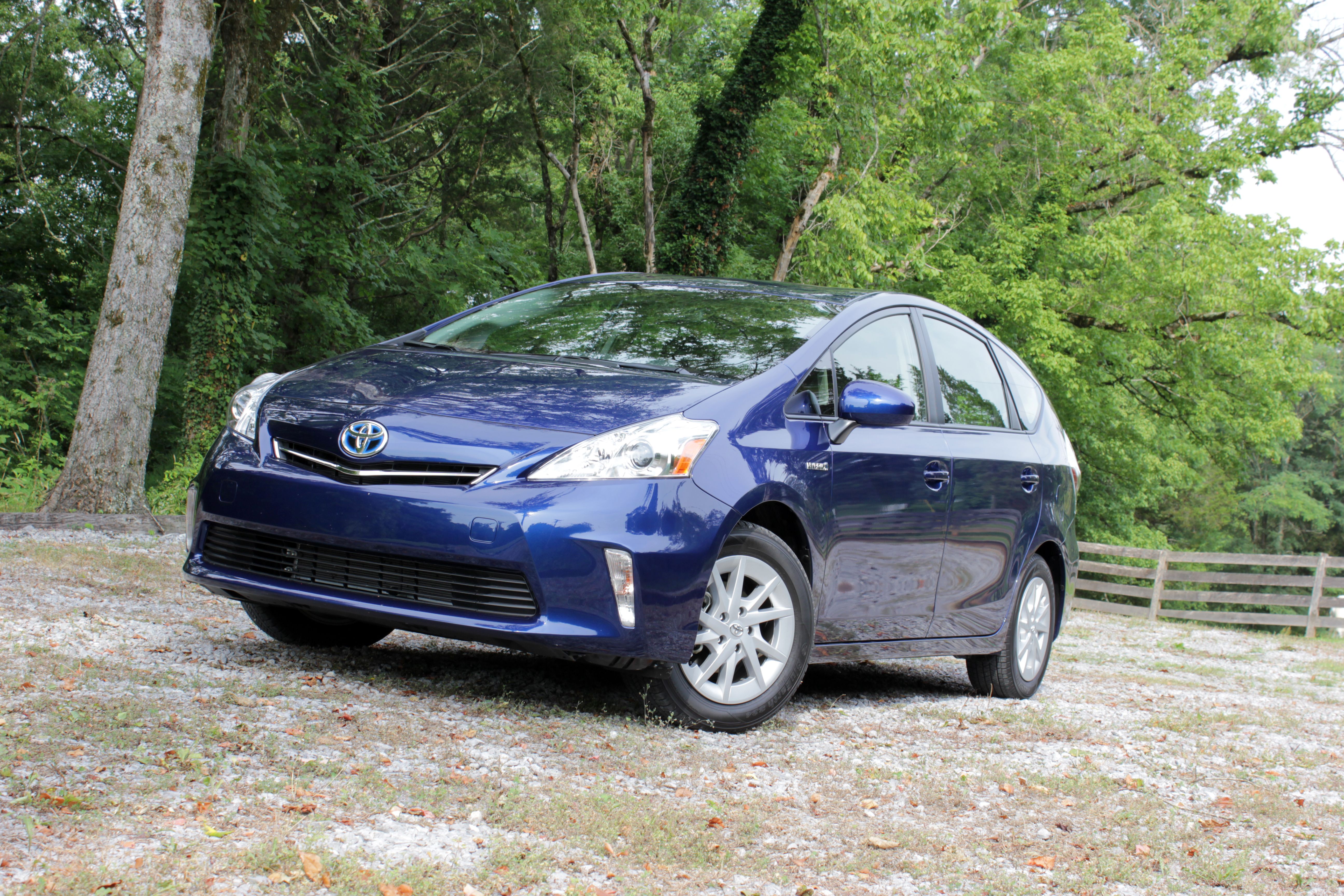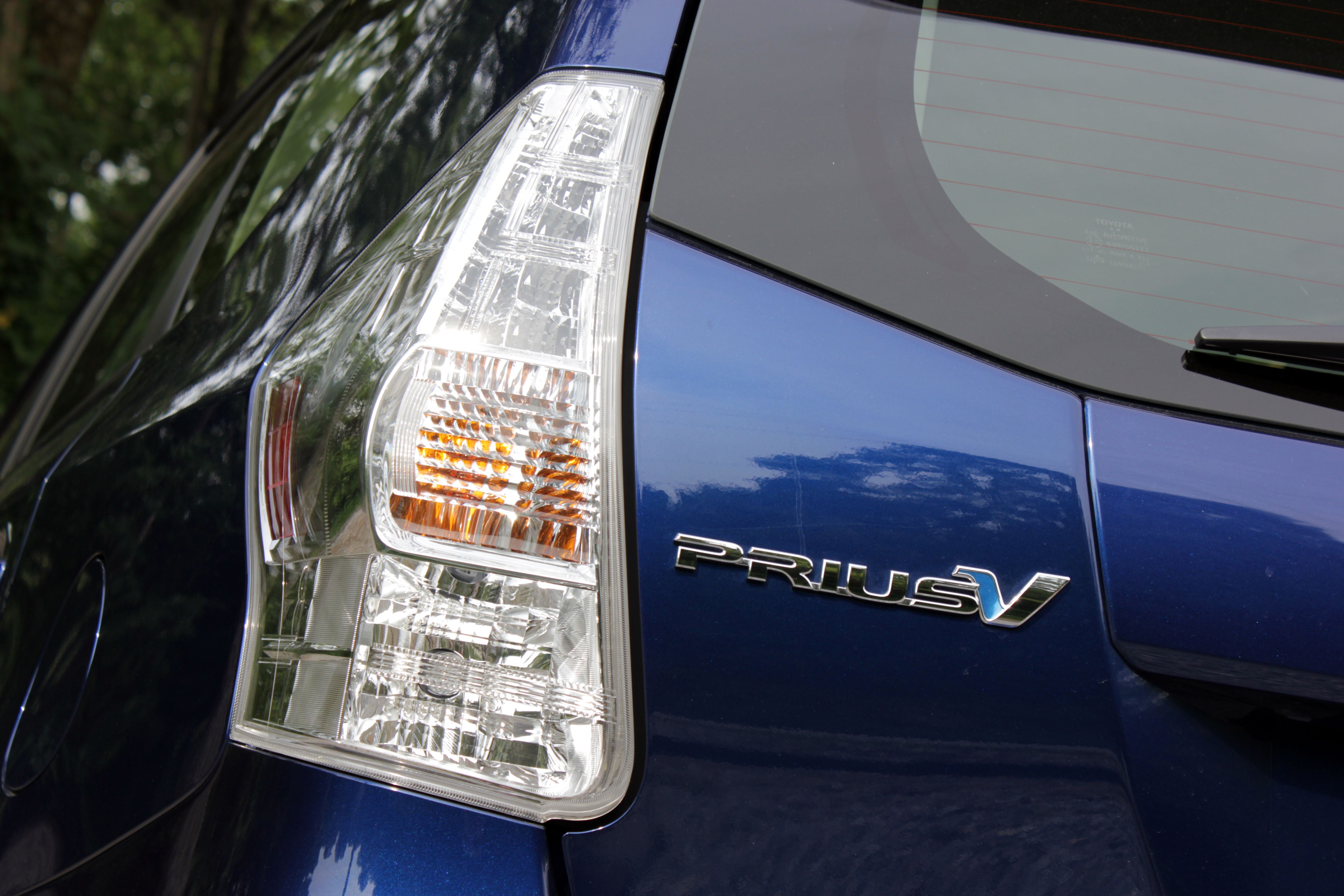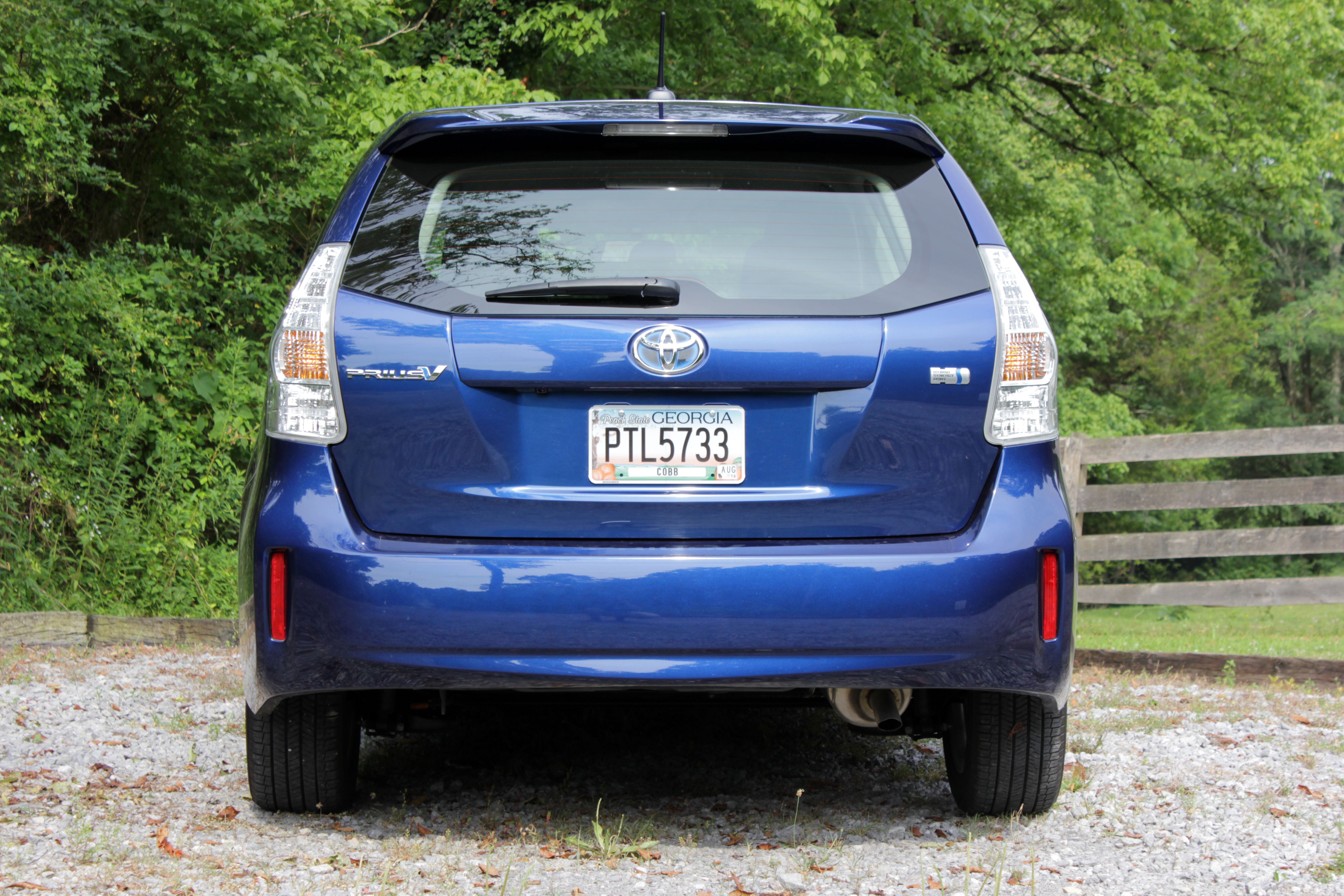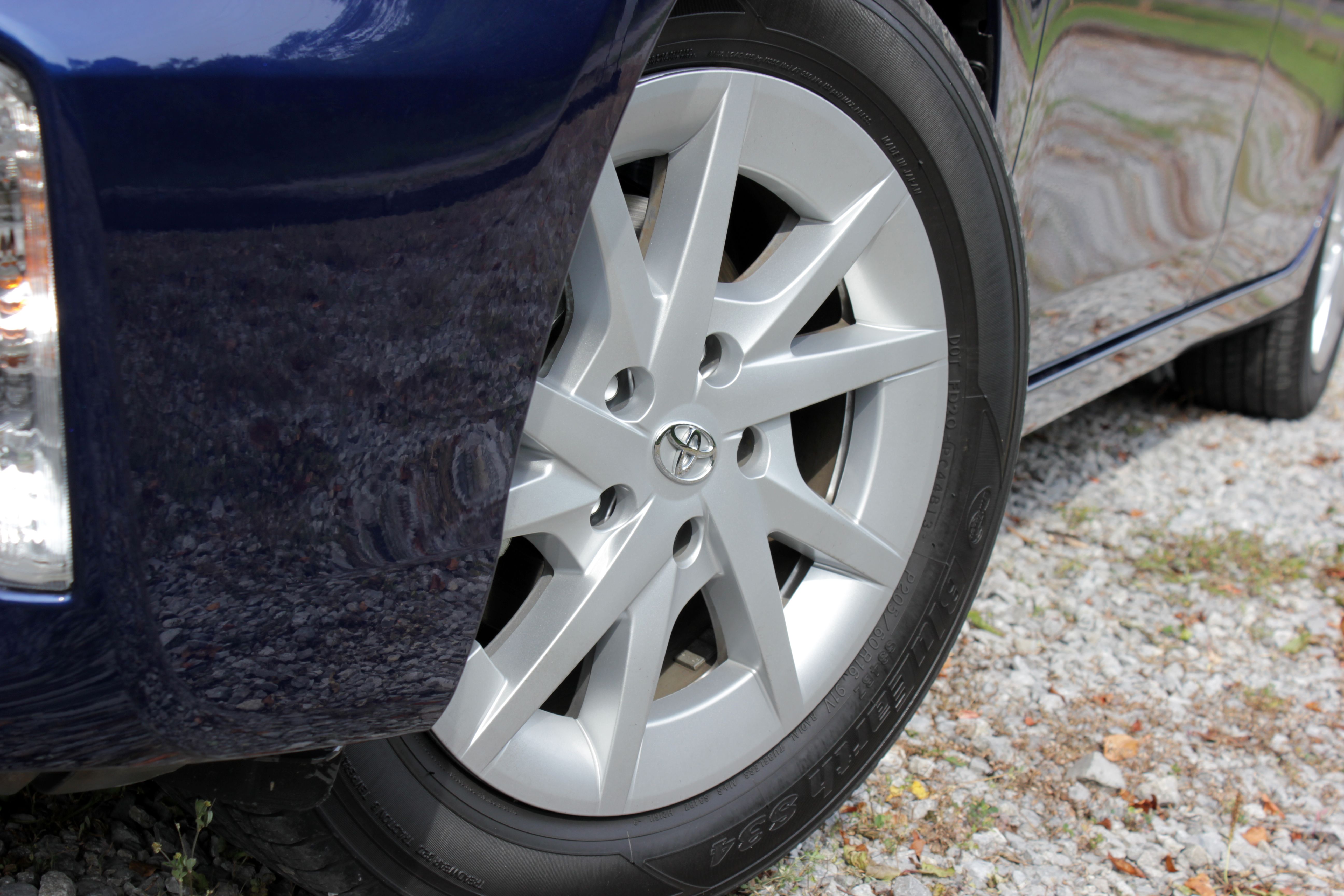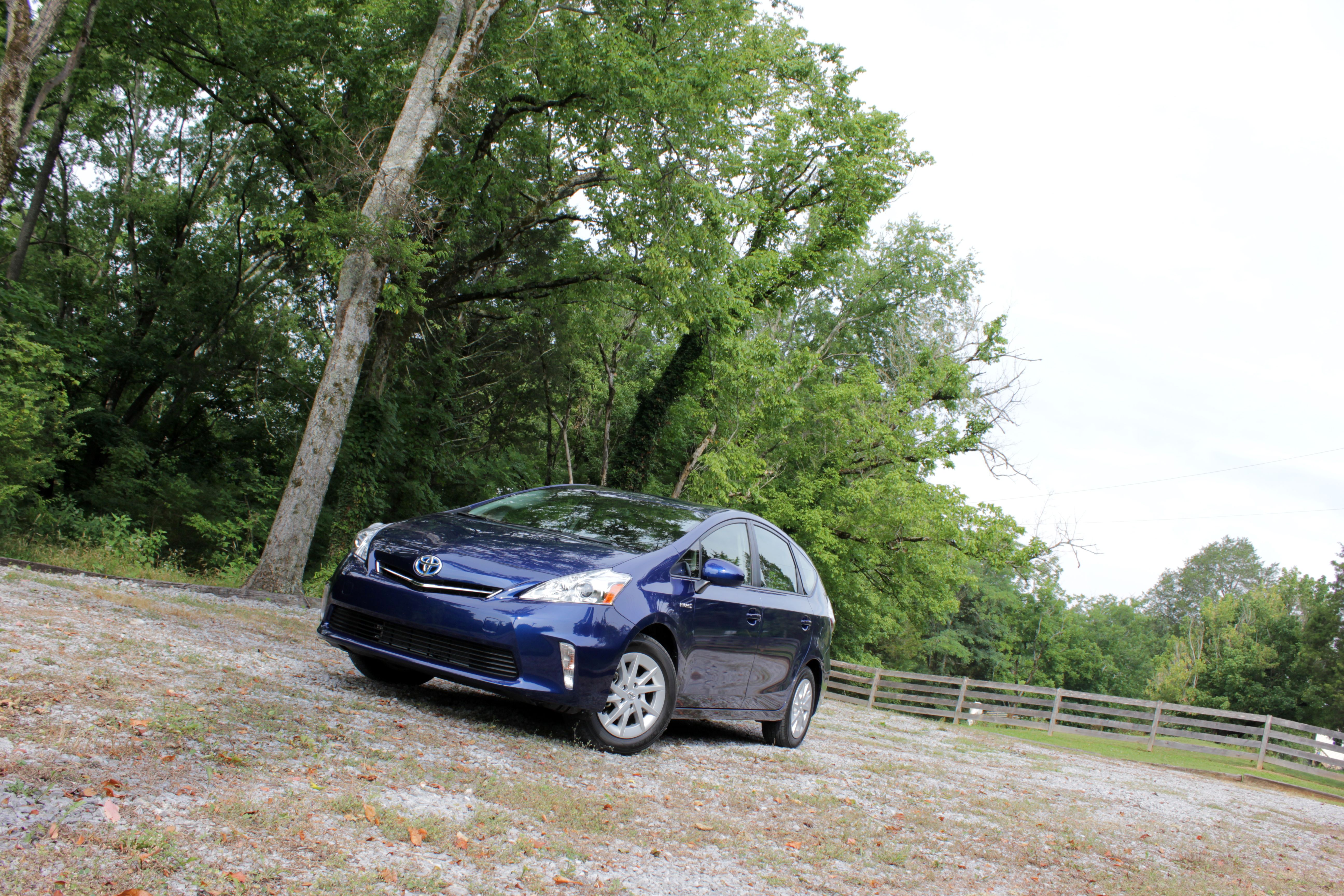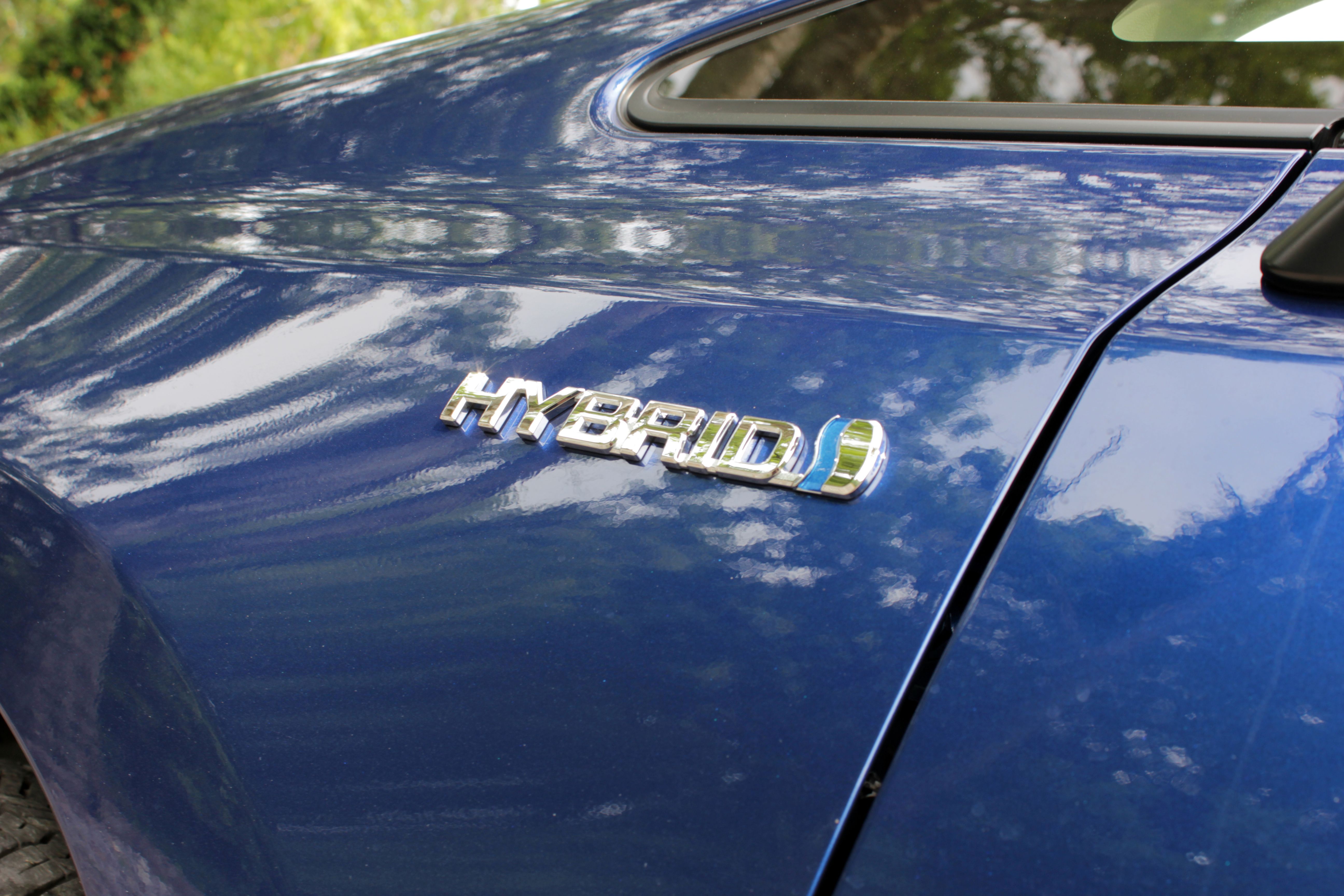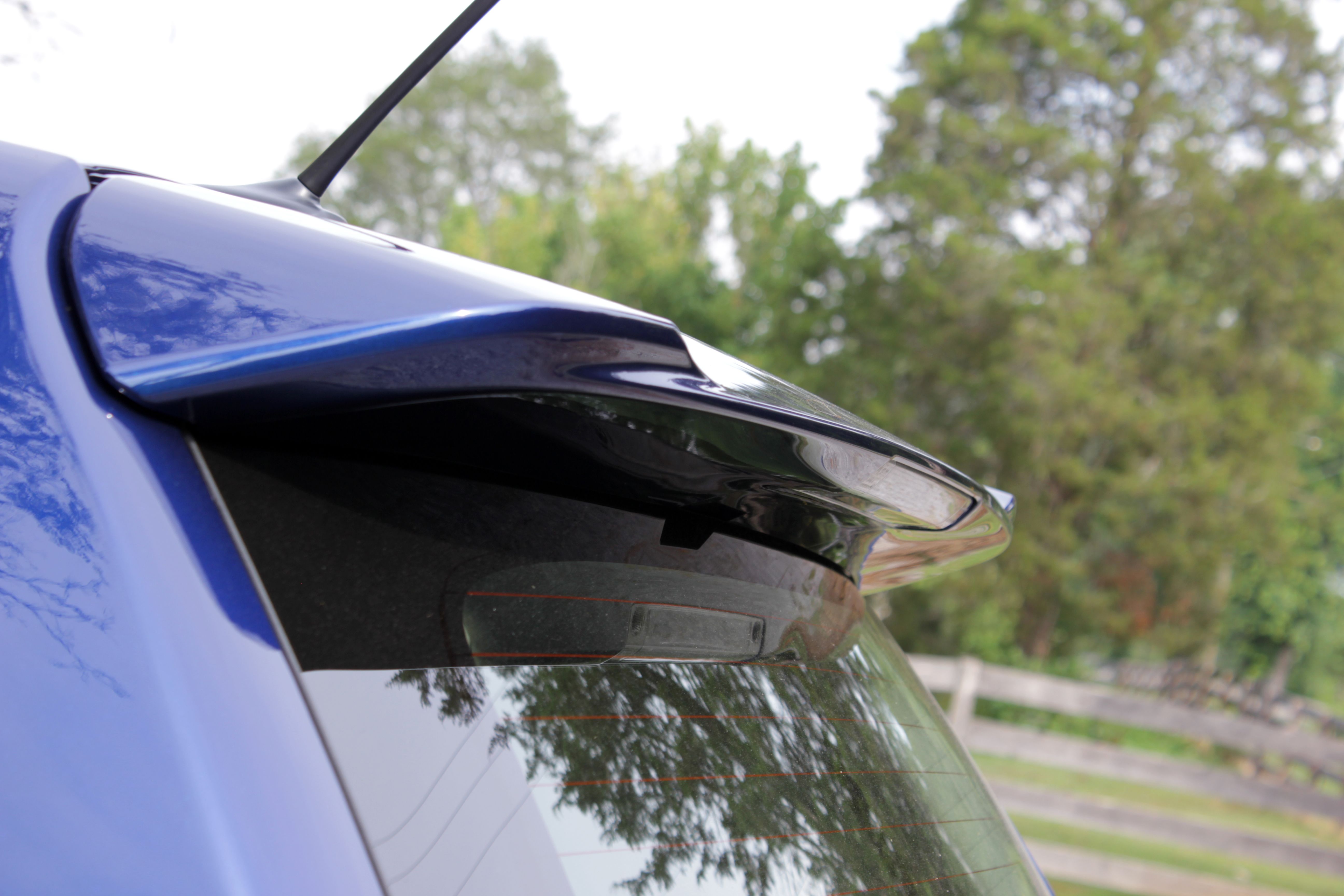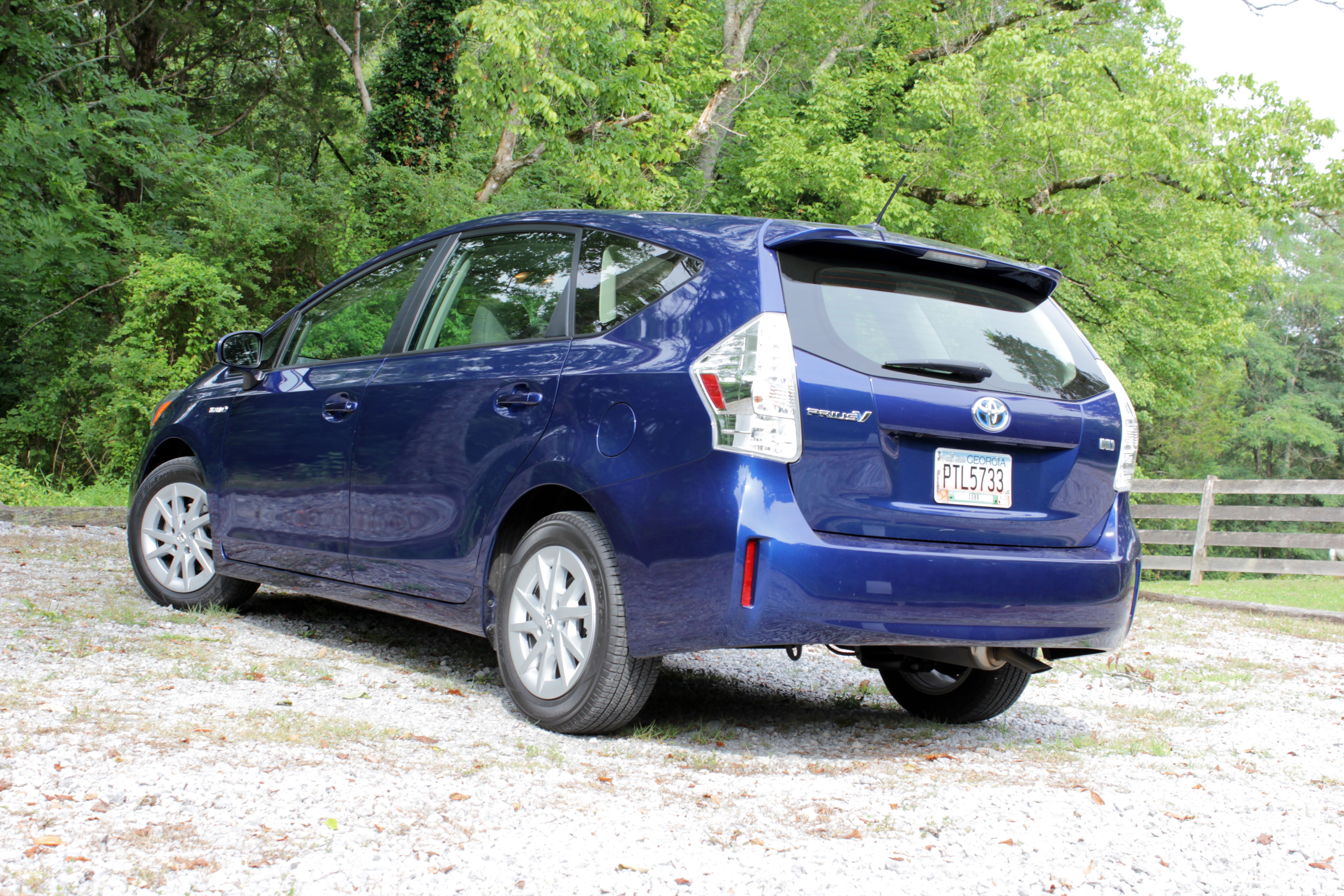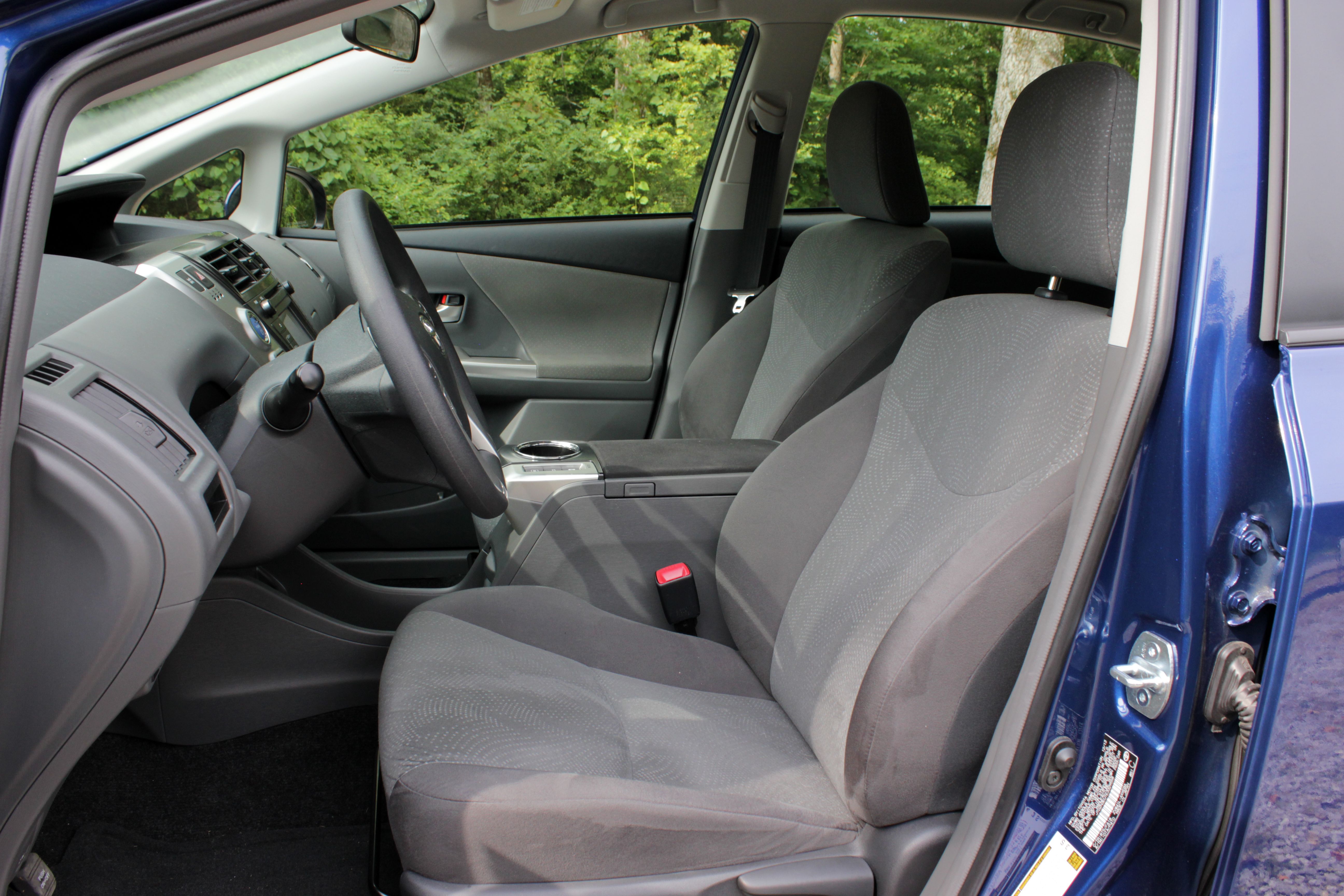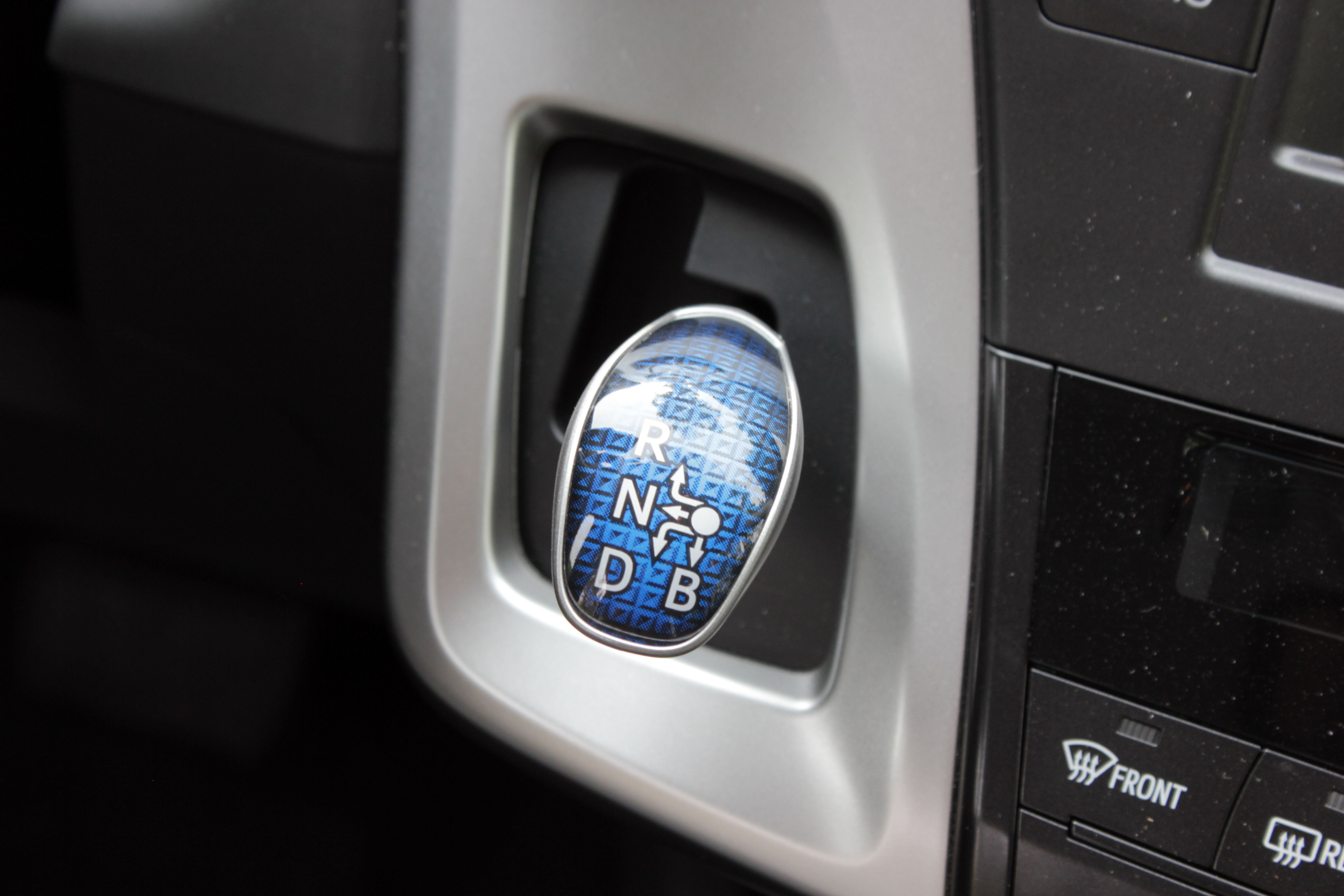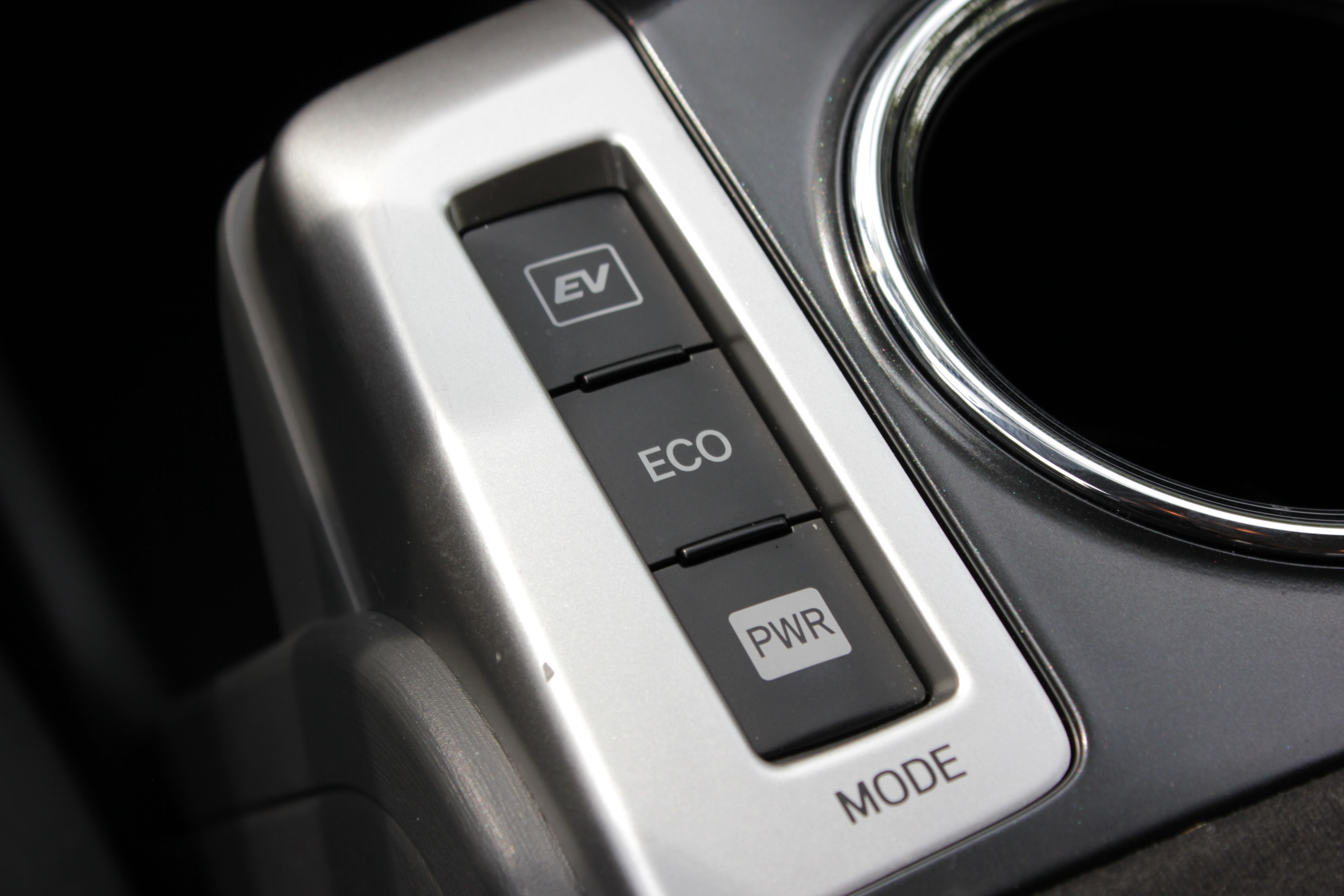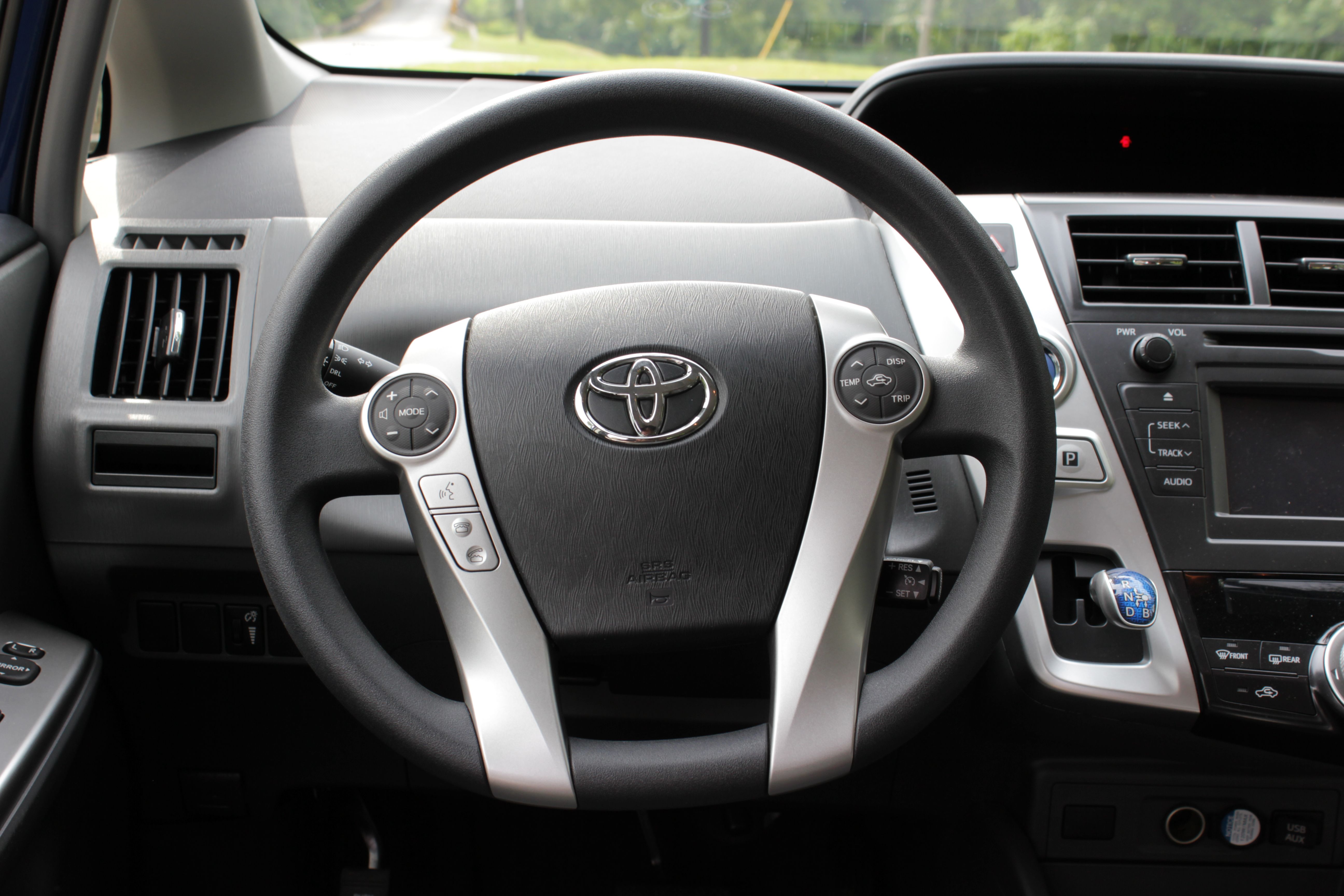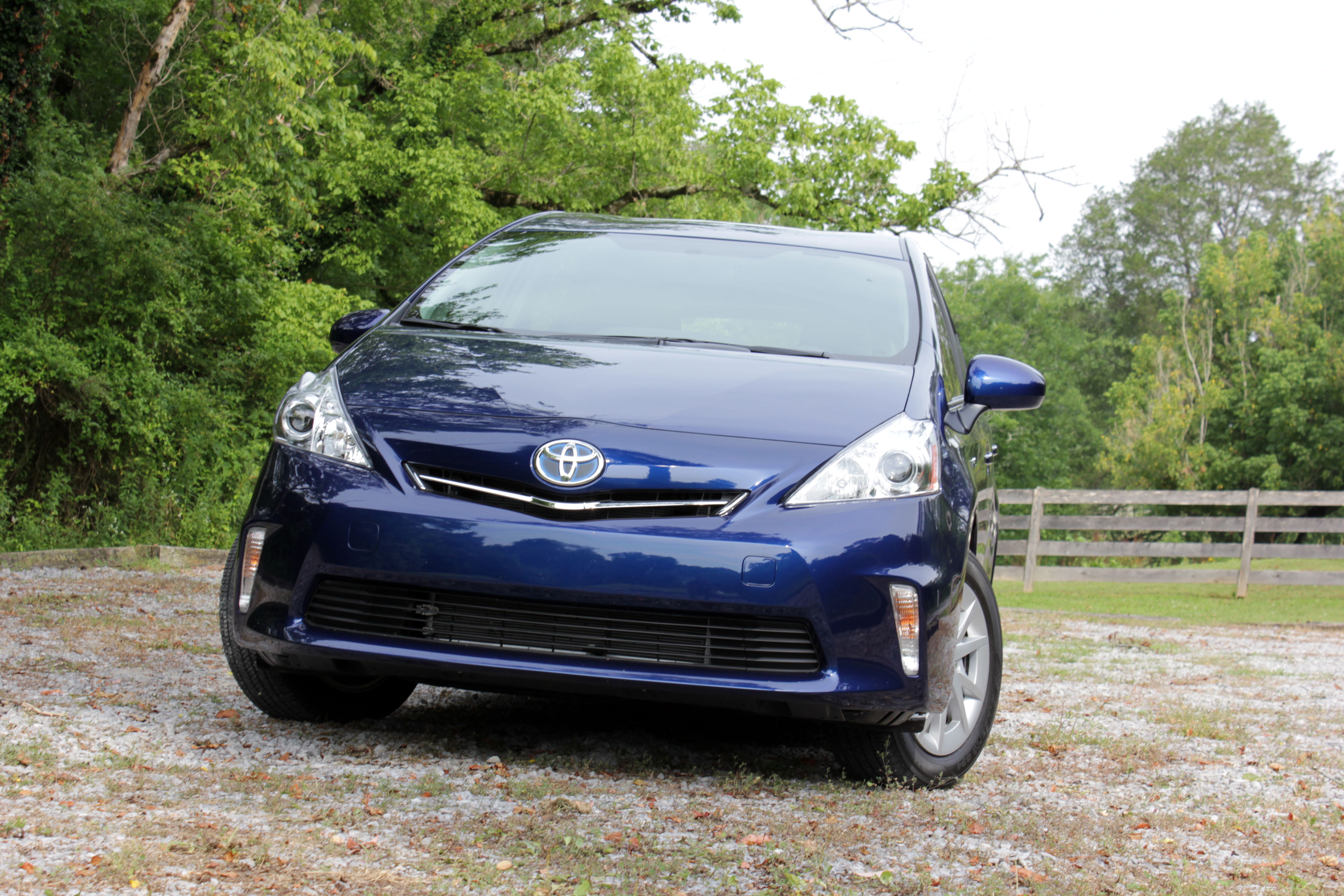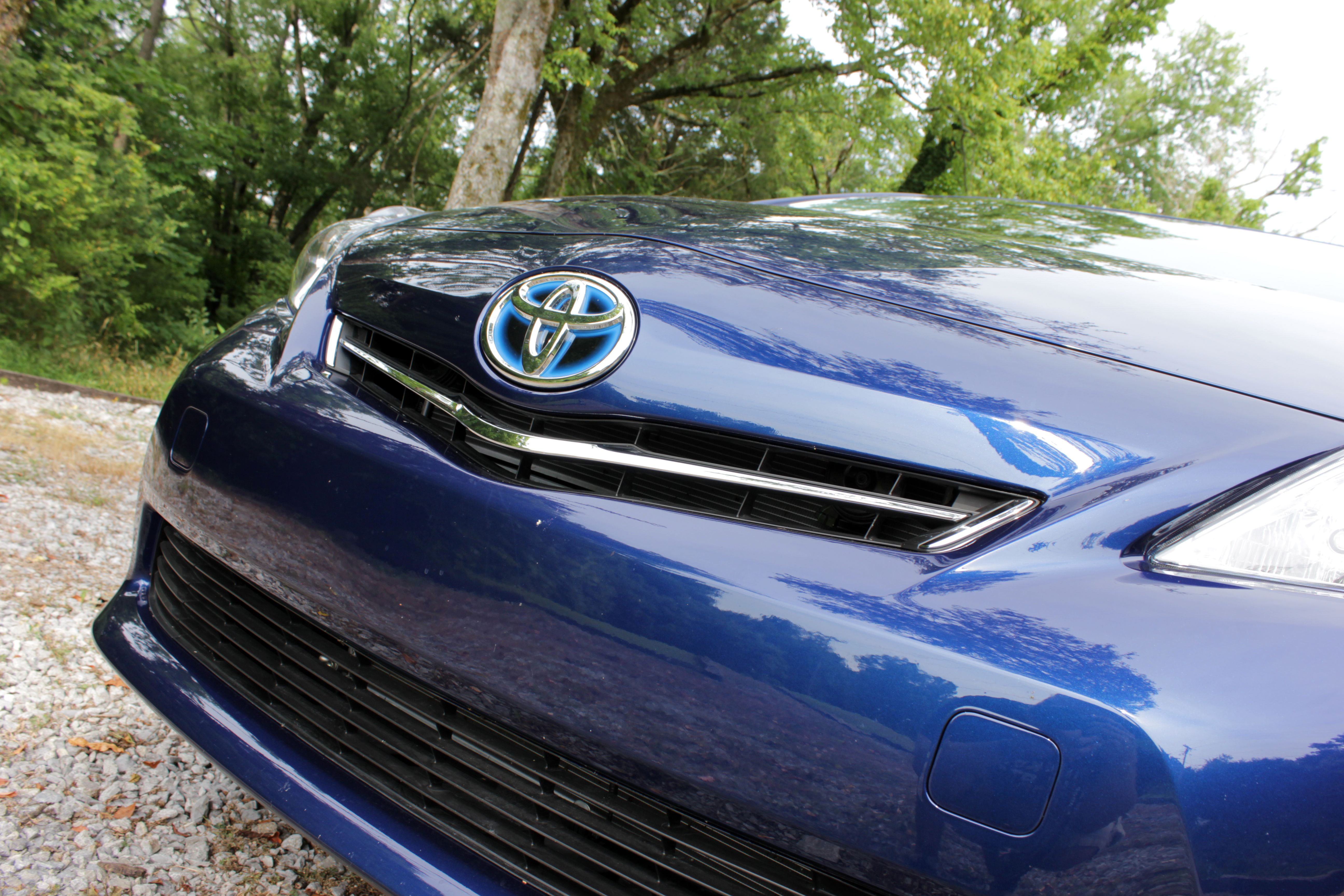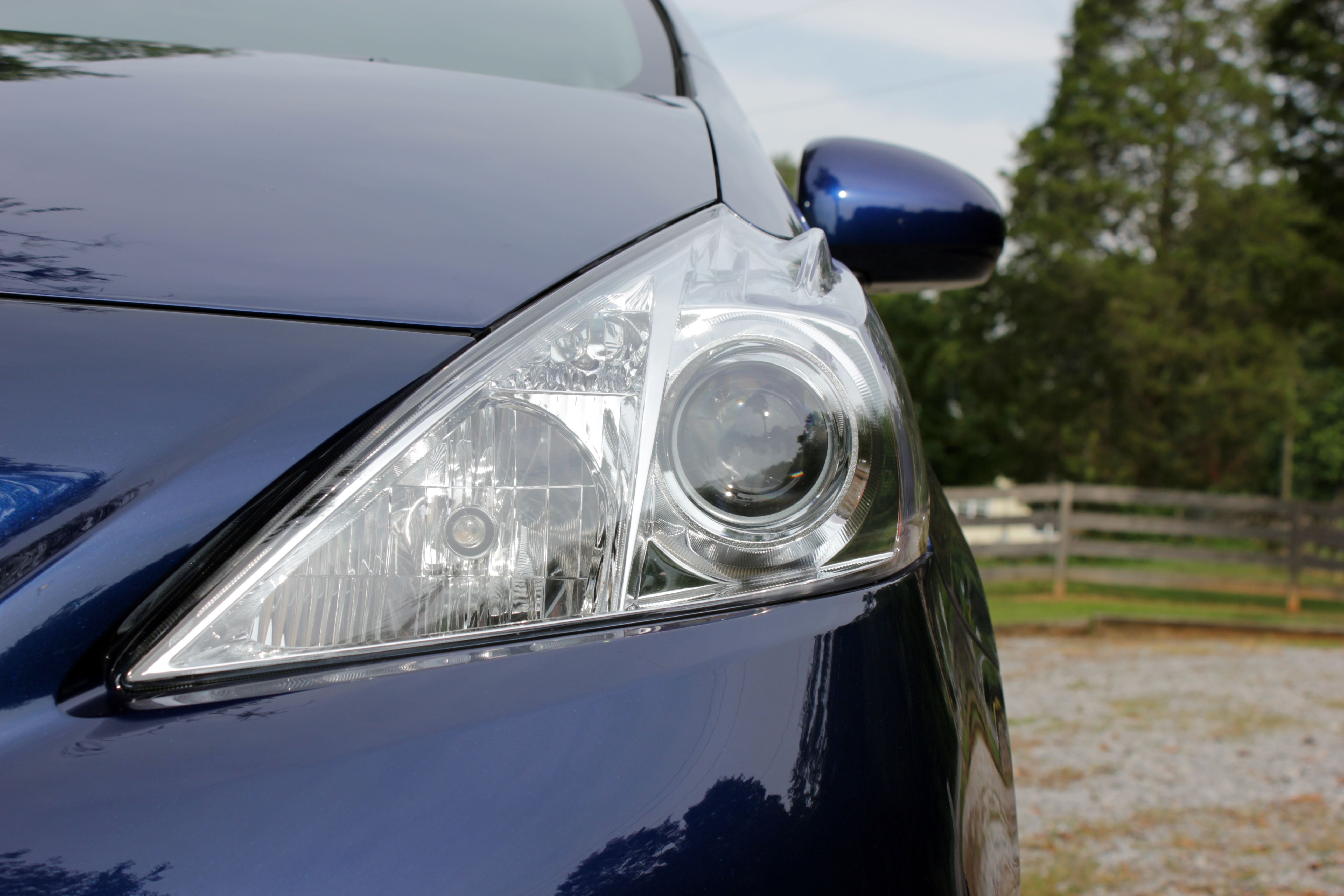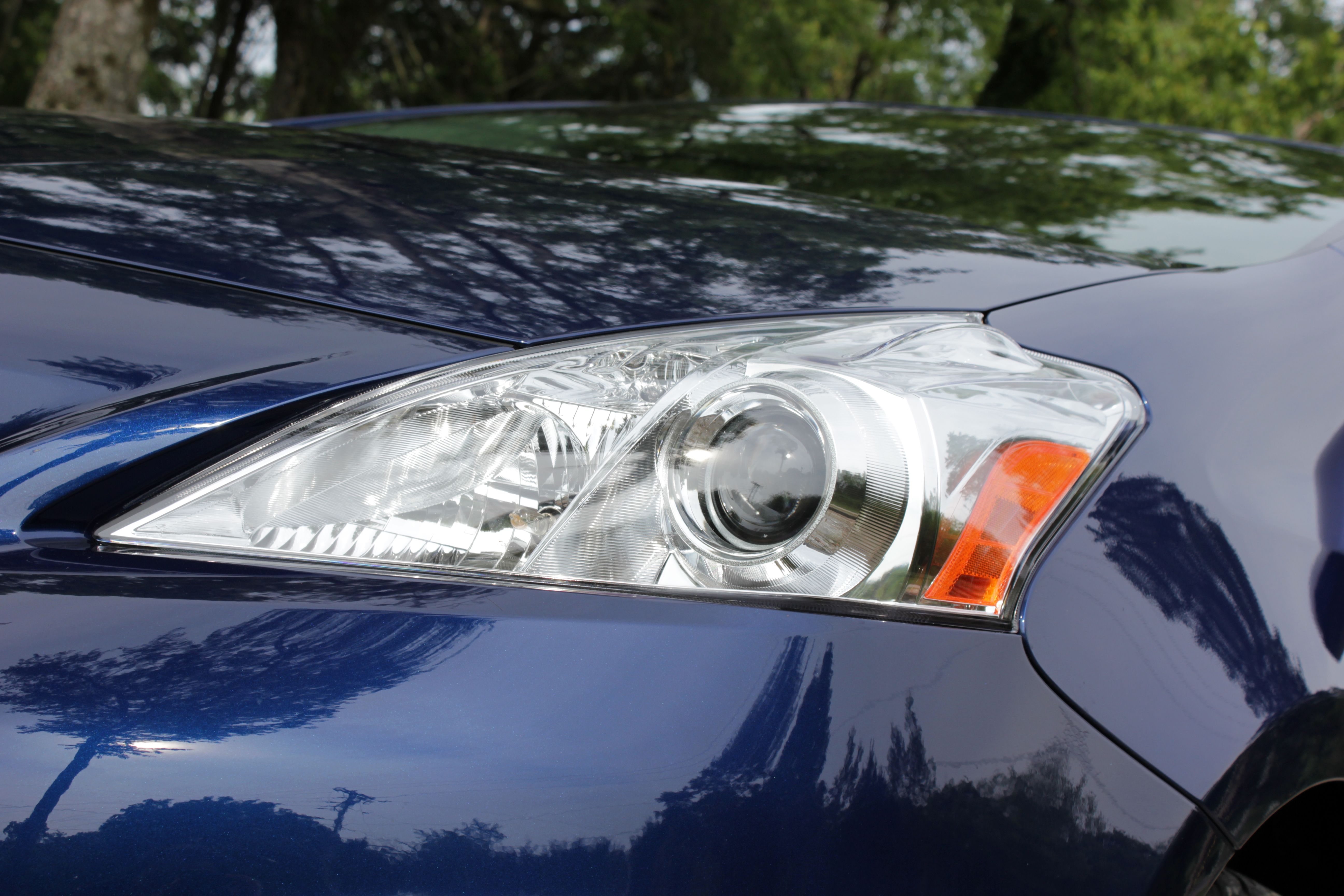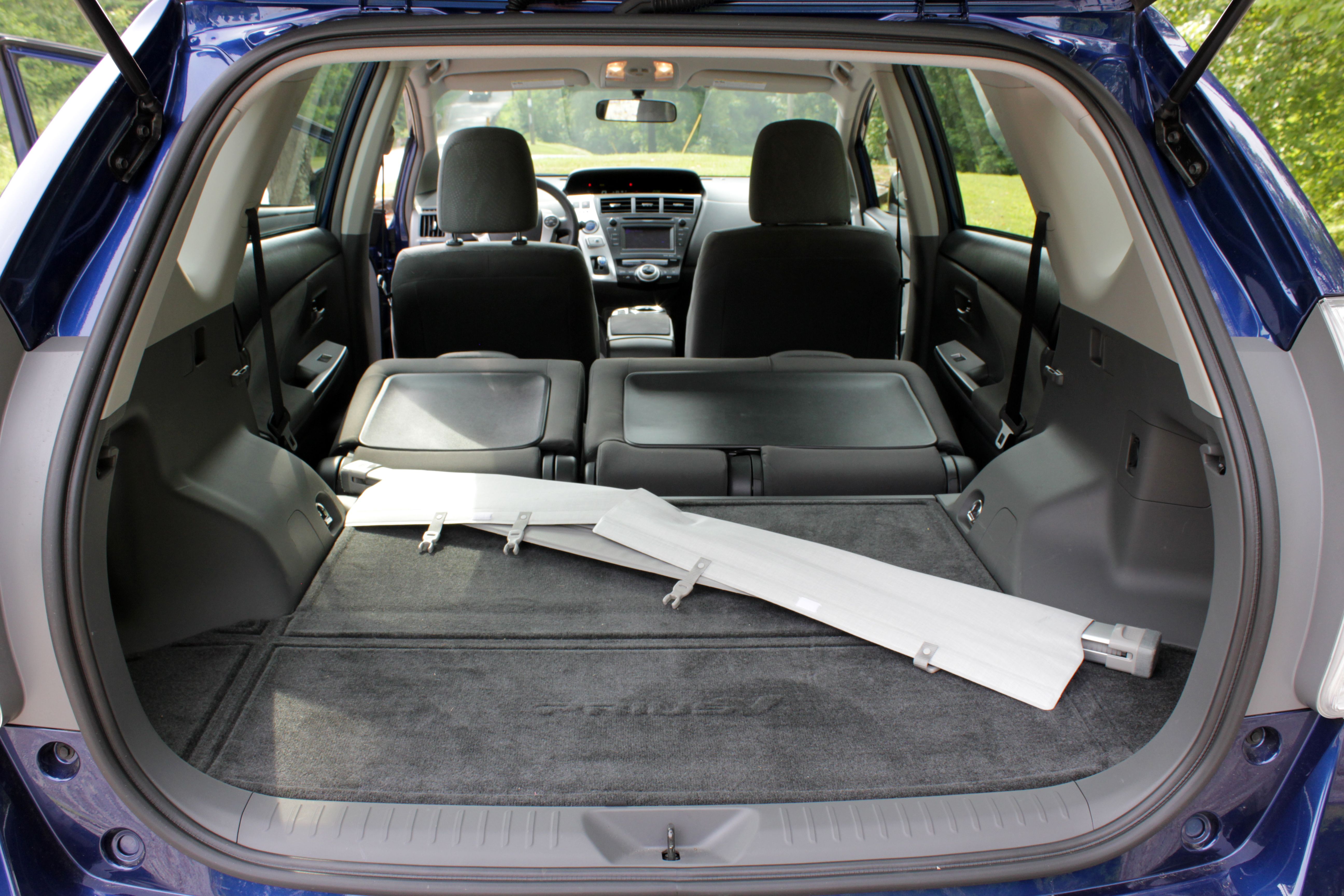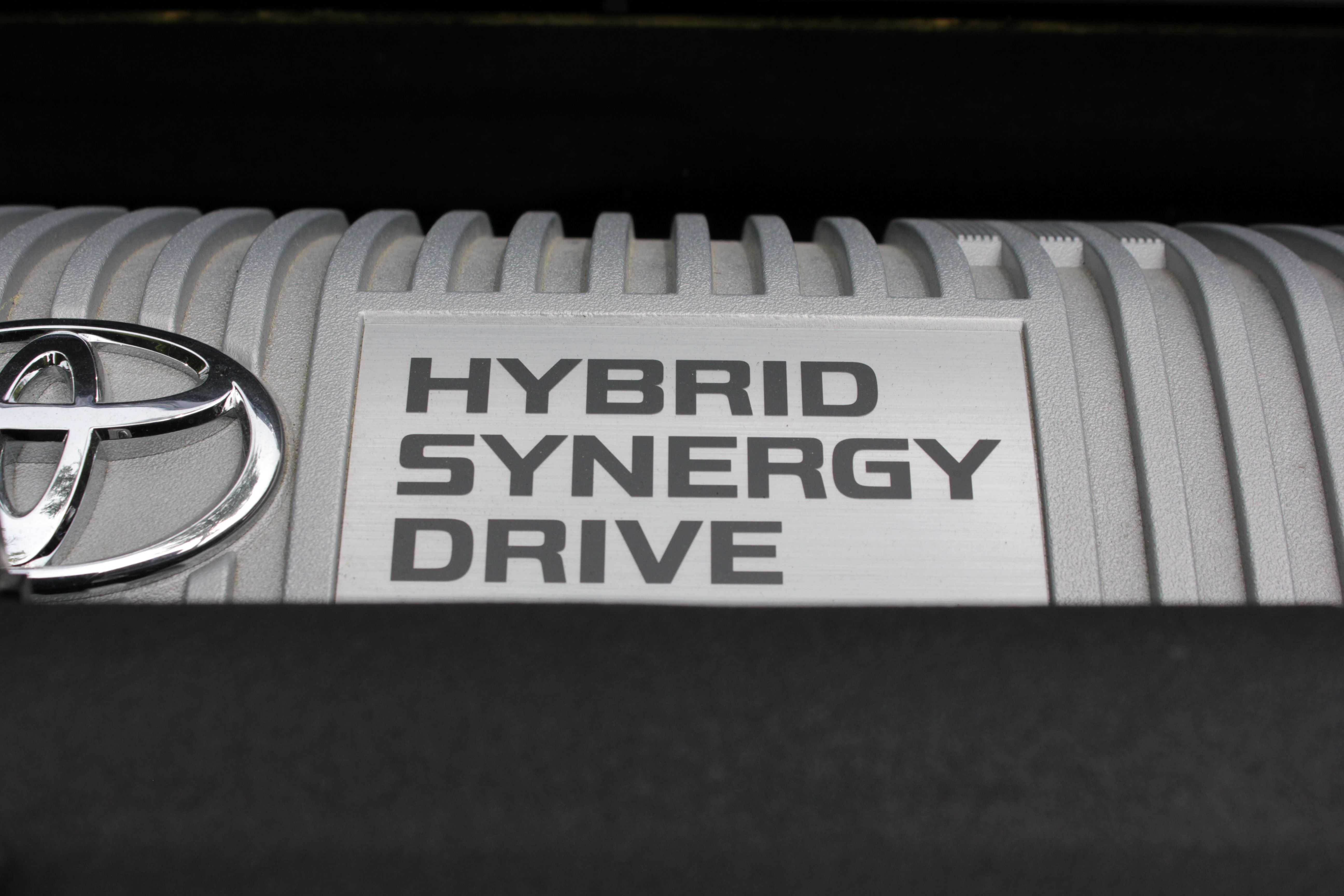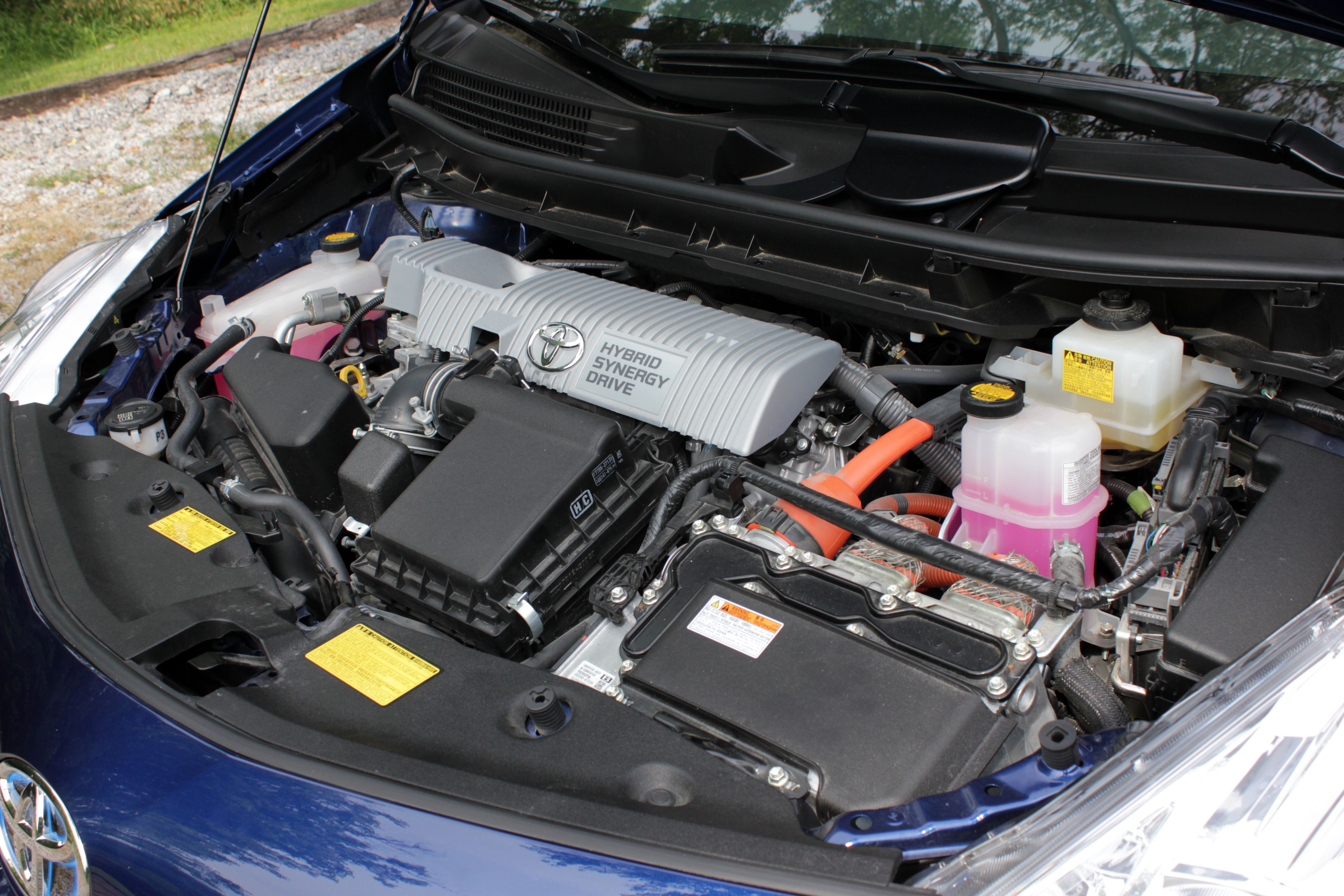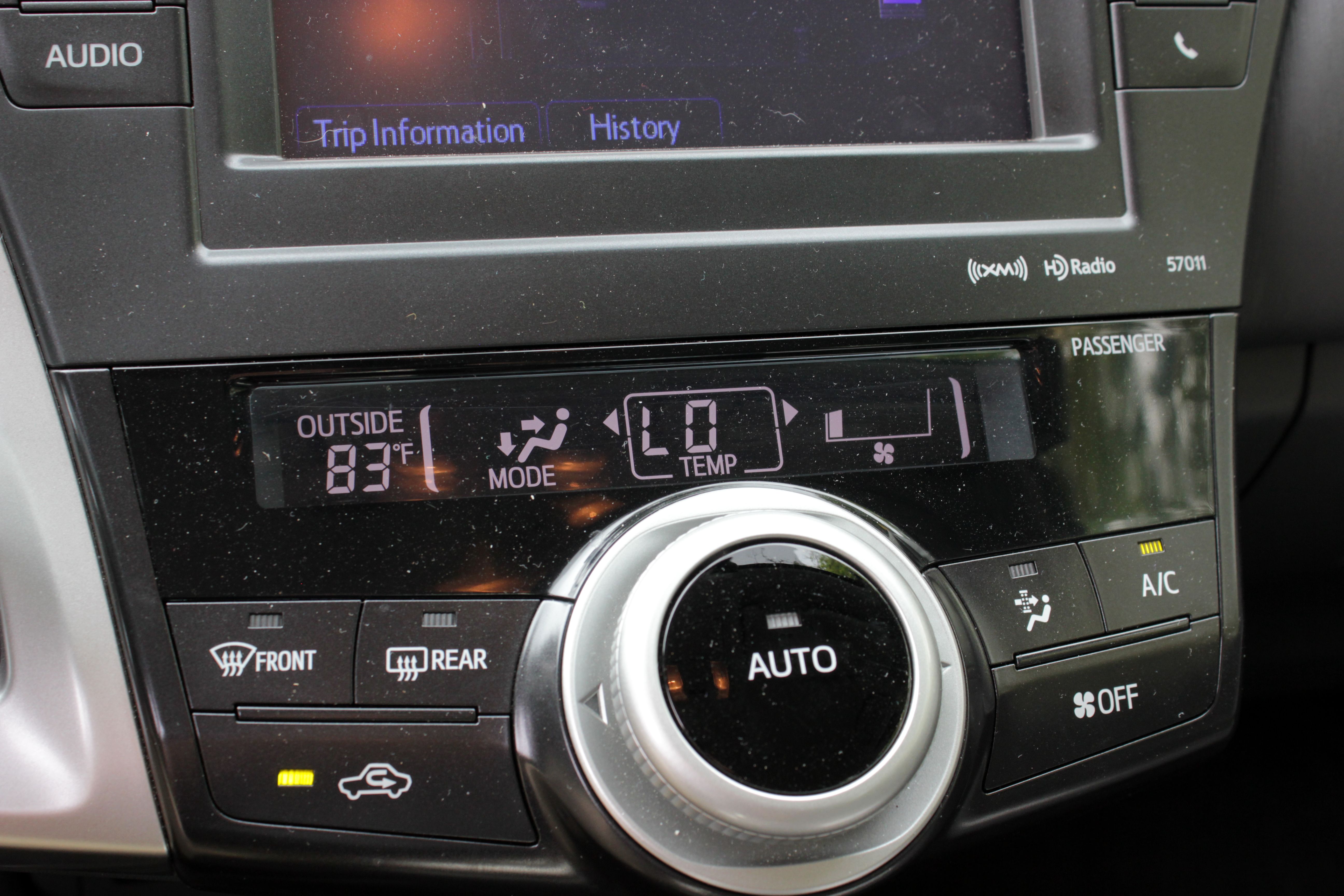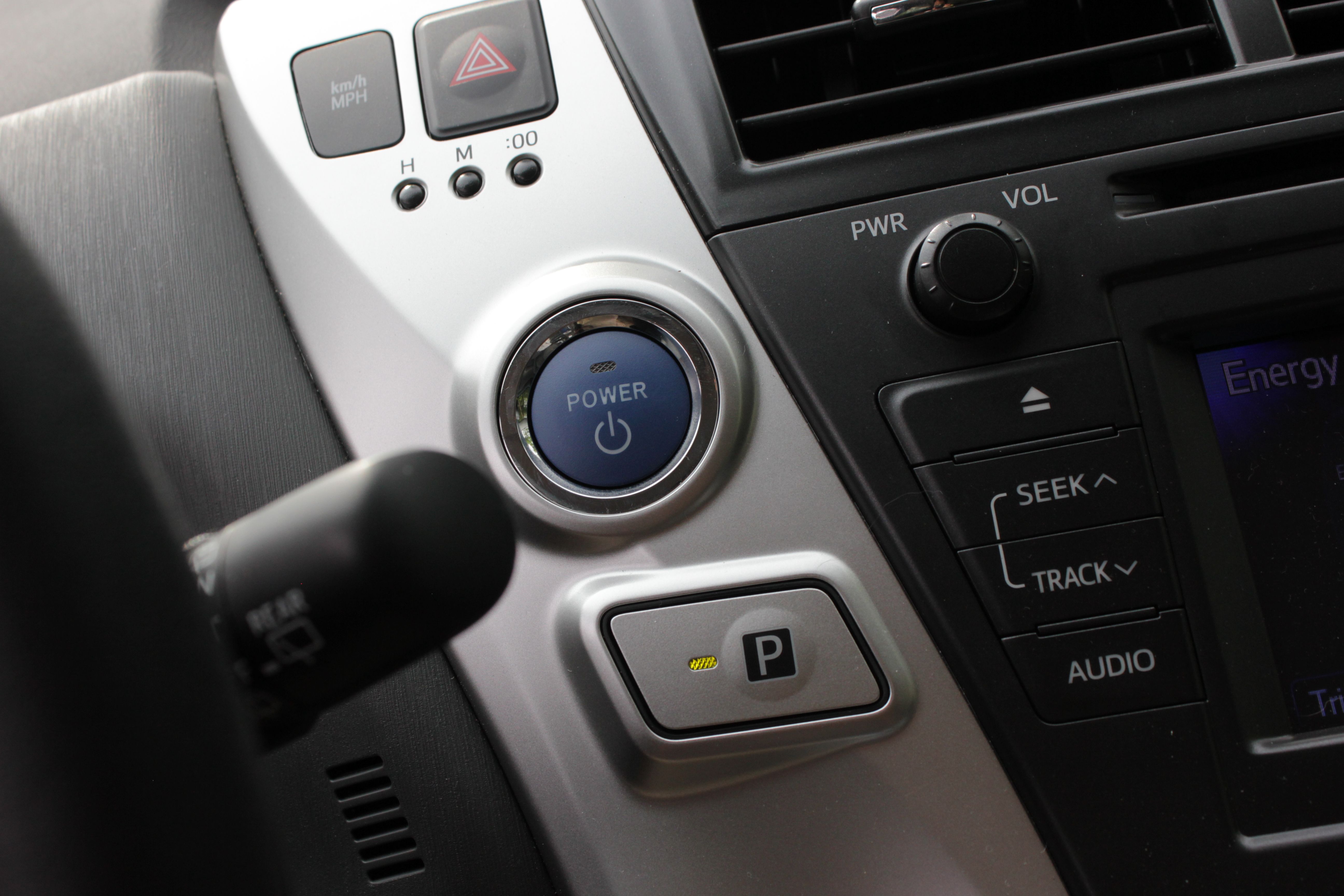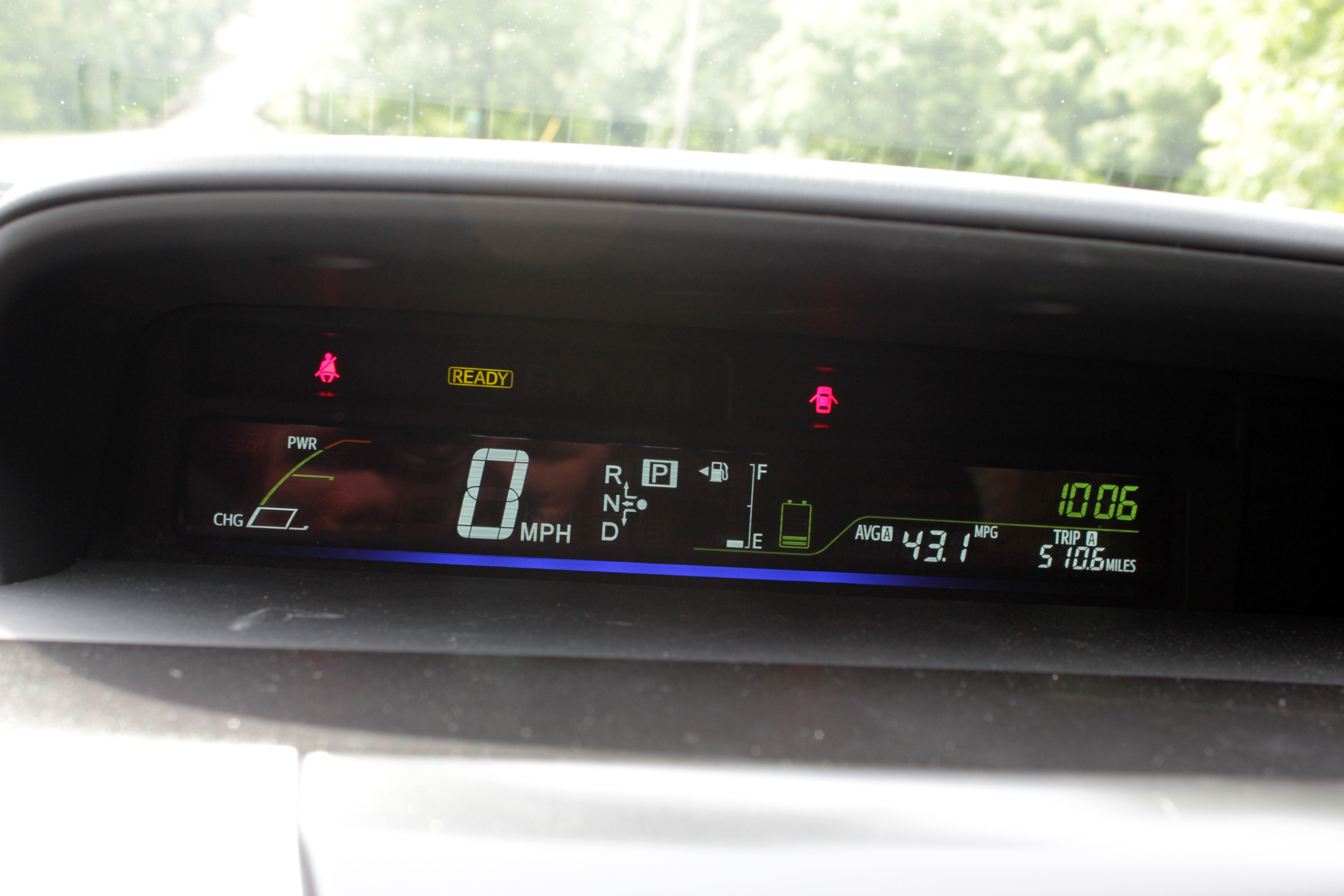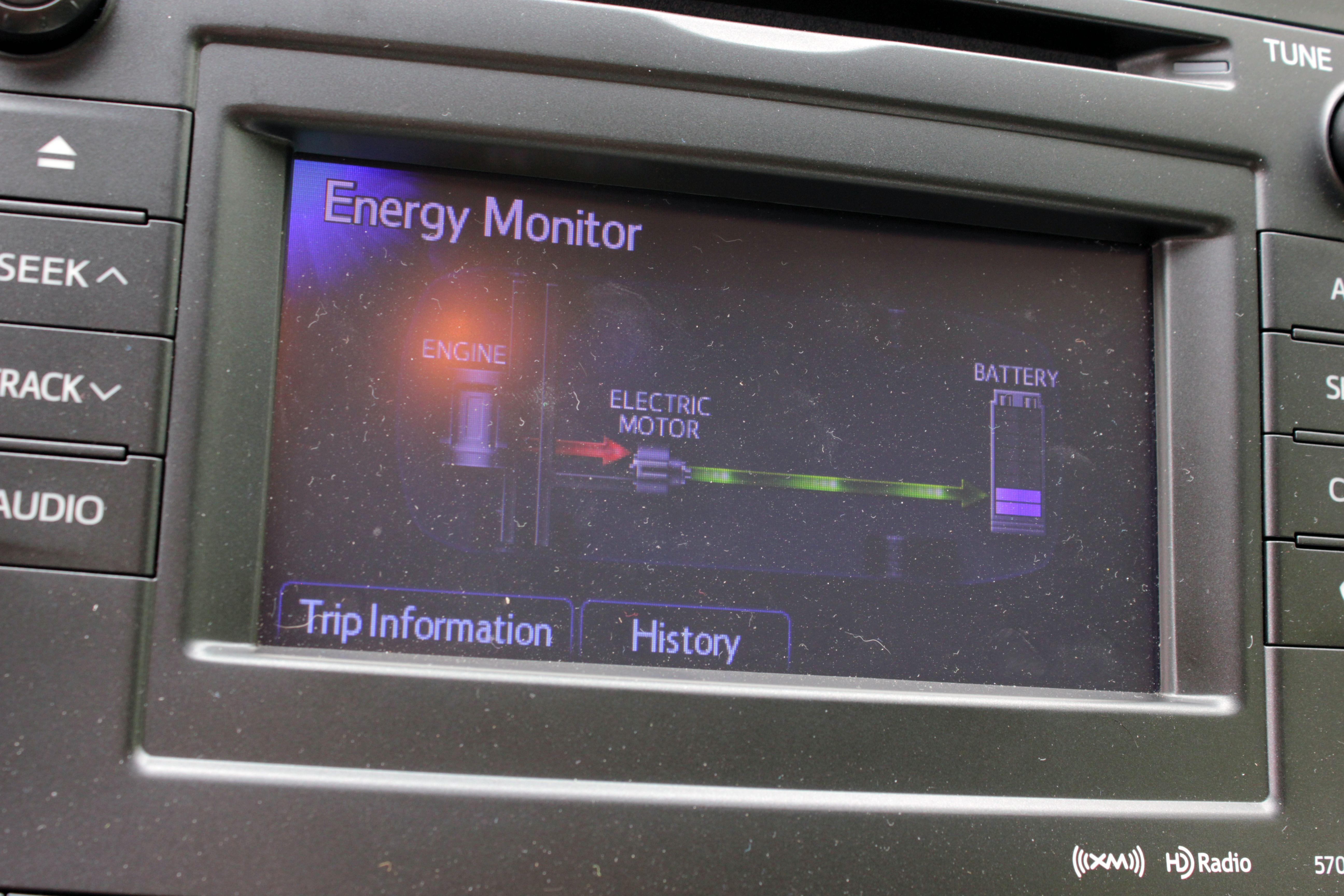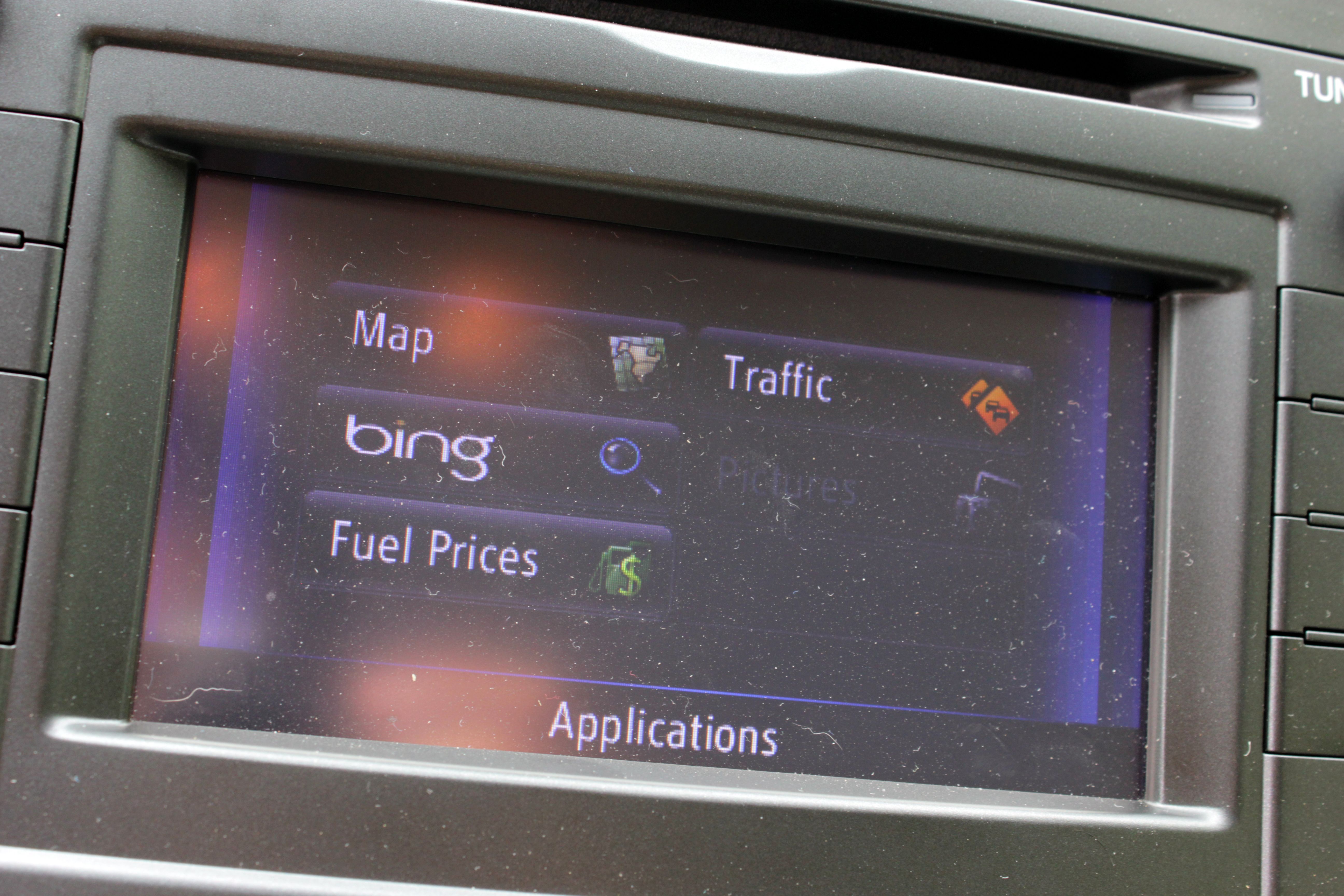The Prius is the flagship of the environmental movement. Toyota->ke88’s wonder child has dominated the world of hybrids since its introduction in 2001. As a man with petrol in my veins and a favorite cars list that includes names like Porsche and Lamborghini->ke44, the Prius should be the antithesis of all I love about motoring. With a focus on quiet and environmentally friendly transportation, the Prius has been branded as one of the worst and most uninteresting thing to drive in the world.
This is my first real experience with Toyota’s darling though, and I wanted to at least give it a fair shake. The model sitting in my drive is the Prius V model, the largest of the family and the least fuel efficient. It has a CVT, some batteries and only two pedals. After a week with this machine and more than 500 miles I learned a lot about it.
Was it the terrible car I had feared or did it turn out to be something else entirely? Hit the jump to find out.
Read more about my drive of the 2014 Toyota Prius V after the break.
2014 Toyota Prius V - Driven
- Make: Array
- Model: 2014 Toyota Prius V - Driven
- Engine/Motor: inline-4
- Horsepower: 134
- Torque: 153
- Transmission: CVT
- [do not use] Vehicle Model: Array
Walkaround Video
Exterior
The exterior design of the Prius V is similar to basically every Prius ever created since the second-gen car in 2003. The sloped wedge profile is extremely aerodynamic and is a large part of the Prius V’s fuel economy ratings. The V does hold flatter roof profile over the back to make it more practical than the standard Prius Liftback.
While the general look has been around for years, Toyota has done a good job of keeping it looking fresh. The front end has always been attractive enough with its small aggressive touches like the sharp cuts in the headlamp assemblies and the vertical marker lamps.
The Blue Ribbon Metallic paint on this tester may have a stupid name, but it looks quite handsome. The wheels of the Prius are interesting as they are 16-inch alloys, but to save weight and money they aren’t finished. Instead they have plastic covers on them.
The back of the Prius shows off my favorite feature of the car, its actual shape. Rather than a simple square, the Prius is more of a hexagonal car. The center beltline of the car seems to bulge out from the rest of the machine. This is most evident when looking at the tail lamp housings. Aside from this interesting shape and the aerodynamic rear spoiler, the rear of the Prius is fairly standard and unremarkable.
Interior
The inside of the 2014 Prius V is likely the biggest selling point for this car. Being larger in every direction than the standard Prius, the Prius V boasts better head, shoulder, and hip room for all passengers. The result of all the space improvement is a full 3.5 cubic feet improvement in interior passenger volume. It may not sound like a lot, but when sitting in the car, it feels much more open and comfortable.
The Prius V’s larger shape is great for passengers, but it pays its biggest dividends in rear storage and cargo space. With its sloping roofline, the normal Prius Liftback has a maximum cargo capacity of 21.6 cubic feet. That is impressive compared to a standard mid-size car, but it pales in comparison to the Prius V’s relatively cavernous 34.3 cubic feet of storage space.
The trunk area itself comes with a retractable cover to keep items hidden from prying eyes. It can be removed in a matter of seconds thanks to a spring loaded mount design. Under the floor of the cargo area there is also a small tray that you can store tools and other items in. It also serves are great storage for anything small you may have of extra value.
The actual interior setup is also pretty functional. Rear seat passengers have seats that slide forward and back to adjust leg-room and cargo space, plus the seat backs will also recline. The rear seat cushions are not the most comfortable thing in the world, but thanks to the adjustments a ride of several hours should be pretty easy for most adults and children.
From the Driver’s Seat
Sitting in the driver’s seat of the Prius V is an interesting sensation. The car has no standard front gauge cluster. Rather the gauges are mounted in the center of the car directly above the stereo stack. I am sure this setup allows the Prius to be sold in both right- and left-hand drive configurations for a decreased price, but I don’t exactly like the setup.
I prefer having the gauges closer to my peripheral vision than an off-center setup allows. It is hard to argue with the vast forward visibility this arrangement provided, but it’s not quite my cup of tea.
The front seats are comfortable enough and even have a slight bolstering on them. I appreciated this when I began to get more aggressive with the hybrid. Strangely, the seats are manually operated, but the driver’s seat also featured a power lumbar function. Not entirely sure why Toyota ran power to the seat, but didn’t add power operation to all the directions.
Beyond those two oddities, the ergonomics and equipment of the Prius V is well done. The armrest is padded and the cupholder is positioned perfectly for my driving position. The small shifter is placed just to the right of the steering wheel, allowing for quick operation. Hypermilers often shift the car into neutral on grades, and I am sure they would approve of this proximity placement.
Drivetrain
The engine setup is quite obviously one of the most important parts of the Prius V. The current-generation Hybrid Synergy Drive that Toyota uses consists of an Atkinson cycle 1.8-liter four-cylinder that produces about 80 horsepower. This engine is mated to an electric motor-generator unit that adds enough power to push the overall system to 134 ponies. In the back there is a large pile of batteries that are charged by both the engine in certain conditions or by brake regeneration technology.
This battery allows the Prius V to operate in a pure EV mode for speeds up to about 35 mph or so in my testing. When moving through packed traffic or around a parking lot, it makes the Prius V utterly silent, and you don’t use a drop of gas. The switch between engine power and battery power is completely imperceptible. It is a very good system.
The fuel economy for the Prius V is rated at 44 mpg in the city and 40 mpg on the highway. The combined rating splits that number at 42 mpg. Despite my best to destroy the fuel economy with a heavy foot, I was still able to achieve an indicated 43 mpg.
Driving Impressions
With heavy batteries, slippery low-rolling-resistance tires and a wheezy engine attached to a CVT transmission, the Prius V has a lot of hurdles to overcome if it hopes to be an entertaining drive.
And somehow, it manages to do just that.
The CVT keeps the engine in its power band, the electric motor adds a burst of torque down low, and the slipper rubber allows you push the limits of the car at legal speeds. Having that massive pack of batteries in the car adds a lot of weight, but thanks to their mounting position down low and in the center of the car, that weight actually helps to improve the cars handling. Steering feel isn’t really great, but the car is quick to respond to inputs. If you have a gentle touch to avoid plowing wide at corner entry, you can sling the Prius through a turn quickly and even end up with a touch of oversteer on lift off.
As you can see in the video, I really enjoyed myself. The old saying a driving a slow car fast being more fun than driving a fast car slowly holds true, and this Prius V is one of the best slow cars I have ever flogged. If you want to explore the limits of a car and learn some driving dynamics for a FWD car, the Prius V does a commendable job.
Price
Pricing for the 2014 Prius V starts at $26,750 for the base level "Two" model. My tester is a "Three" trim which starts at $27,515. The only option I have is a Preferred Accessory Package that adds carpeted floor mats, cargo area mat, cargo net and a rear bumper sticker that says Prius V. The package only costs $343 and after the destination charge my tester came to a final price of $28,618.
Competitors
Volkswagen Jetta Sportwagen TDI
If you want a practical car with room for people and some stuff, there is almost nothing as good as the Jetta Sportwagen TDI. Not only do you get the power and fun of 240 pound-feet of torque, but the wagon shape allows for plenty of cargo room. You also get Volkswagen’s legendary build quality in interior trim. There is nothing in the segment at this price bracket with a nicer interior.
The Prius V does boast a more mainstream friendly design, most of America despises wagons. The fuel economy ratings of the TDI are lower than the Prius V, but in practice it will beat or exceed the Prius. Diesel does have a higher cost per gallon however, so any improvements over the V in regards to fuel economy will be lost.
If driving performance is your key target, the Prius V can’t touch the VW. While the V is fun to flog, the suspension setup, steering feel and available manual transmission of the TDI trump Toyota’s offering.
Honda Insight
The Honda Insight fights the Prius V with an unbeatable price. With a starting MSRP of just $18,725 the Insight is a full $10,000 (!) cheaper than my tester. That said, the Insight can’t manage to beat the Prius V in fuel economy, and it has less interior room and cargo space. In terms of interior capacities, the Insight is a closer match to the base Prius than the larger V model.
When it comes to performance, the Insight again falls behind. While the Prius V is good for nearly 140 horsepower, the Insight rolls into battle with only 98 horsepower with its combined 1.3-liter engine and electric motor.
If you need the most hybrid space for the cheapest dollar, the Insight is the king. If you prefer more equipment, space and speed, the Prius V takes the win.
Conclusion
The Prius family of cars has earned a reputation for being an unbearably slow and unlovable appliance that is clogging the roadways. While it is far from the fastest thing I have ever driven, the Prius V has shown to me that you don’t have to hate driving to own a hybrid. The car was fast enough to have fun, incredibly spacious and practical when I needed it to be, and no matter how I drove it, it returned better than expected fuel economy.
If you are an automotive enthusiast, you have no reason to fear and loathe the Prius V. If you see one being slow and clogging up the left lane in traffic, it isn’t the car, blame the driver instead.
The 2014 Toyota Prius V, it totally doesn’t suck.

